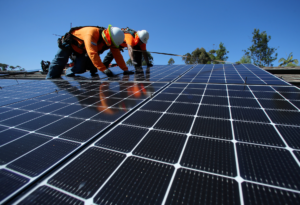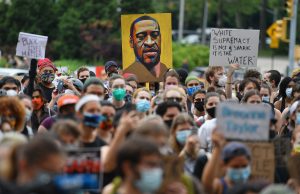The Biden administration will require more than 200 chemical plants to cut their emissions of toxic chemicals as part of a broader effort to reduce cancer cases.
The Environmental Protection Agency (EPA) finalized rules Tuesday that it said would dramatically reduce the number of people facing elevated cancer risks because of their exposure to air pollution.
The number of people who have elevated cancer risks because they live within 6 miles of a chemical plant would drop by 96 percent, the EPA said. Cancer cases within about 31 miles of facilities that release toxic pollution into the air are expected to fall by about 60 percent under the rule.
That’s because the new regulations on 218 chemical plants are expected to cause them to reduce their releases of toxic pollution by more than 6,200 tons per year.
Among the areas expected to benefit from the rule is an area of Louisiana known as “Cancer Alley,” with a large number of chemical plants and high cancer rates, according to the agency.
It also said that the issue is one of environmental justice — as people of color and low-income people face disproportionately high pollution levels.
“We promised to listen to folks that are suffering from pollution and act to protect them. Today we deliver on that promise with strong final standards to slash pollution, reduce cancer risk and ensure cleaner air for nearby communities,” EPA Administrator Michael Regan said in a written statement.
In addition to reducing the release of the compounds, plants will also have to monitor their levels at the edge or “fenceline” of their facility.
The emissions of several chemicals are expected to be reduced by the rule. Among them are carcinogenic ethylene oxide, used in sterilization, and likely carcinogen chloroprene, which is used to make a type of rubber called neoprene.
Activities that are covered by the regulation are expected to emit 80 percent less of these substances as a result of it, the EPA said.
Additional substances whose emissions are expected to be reduced under the rule include other cancer-causing chemicals like benzene and vinyl chloride. Benzene is used in products like plastics, dyes and nylon; vinyl chloride is used to make PVC plastic.
The administration touted the announcement as part of President Biden’s “Cancer Moonshot,” which aims to prevent more than 4 million cancer deaths by 2047.




